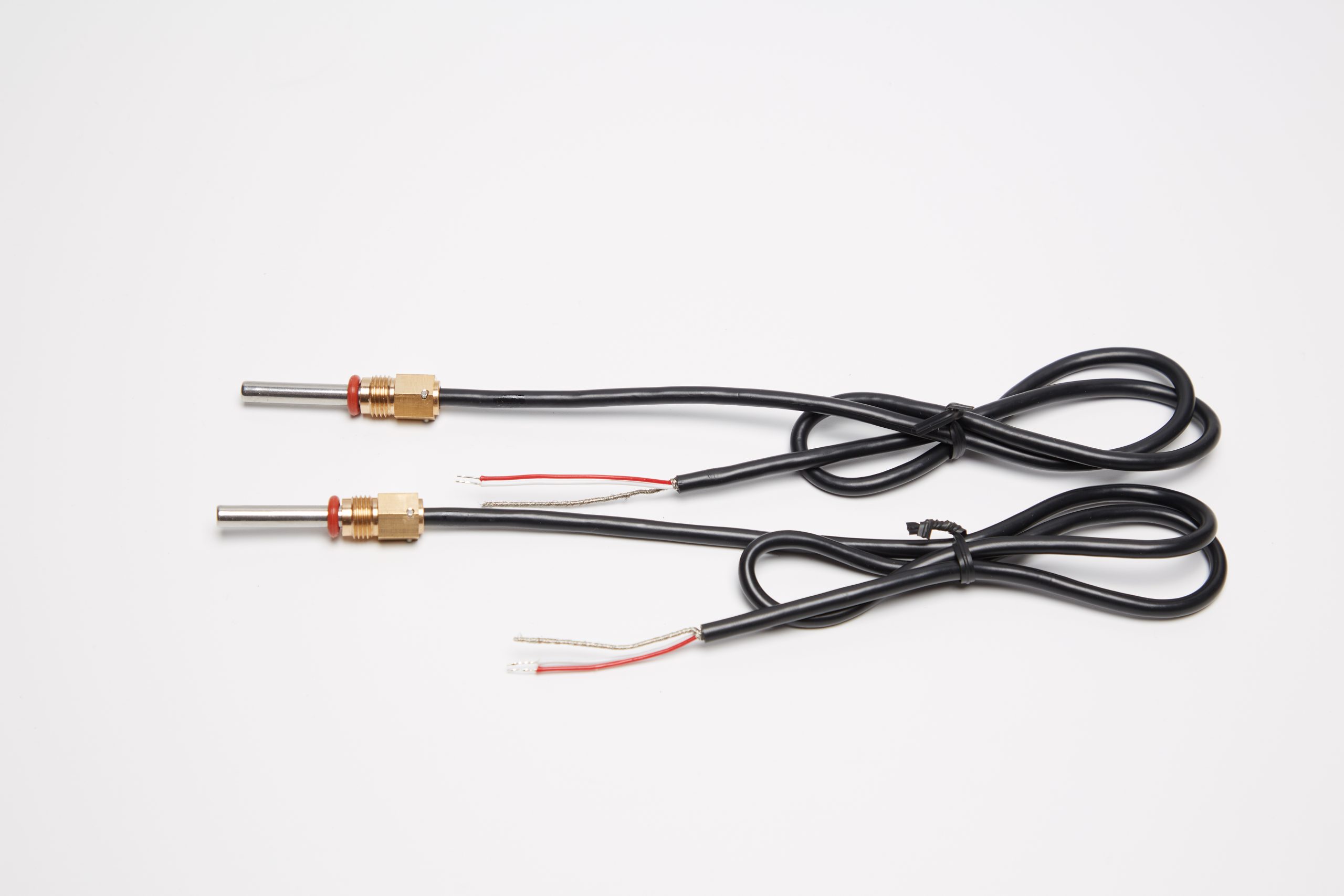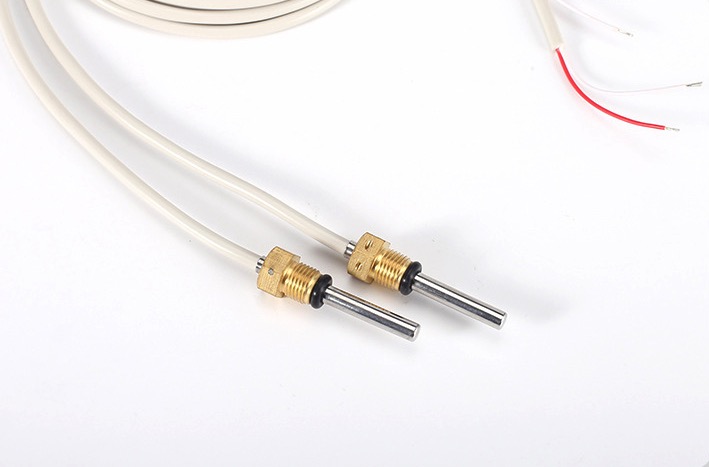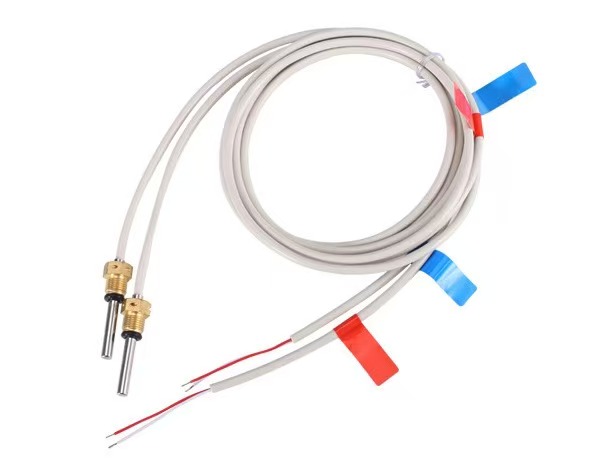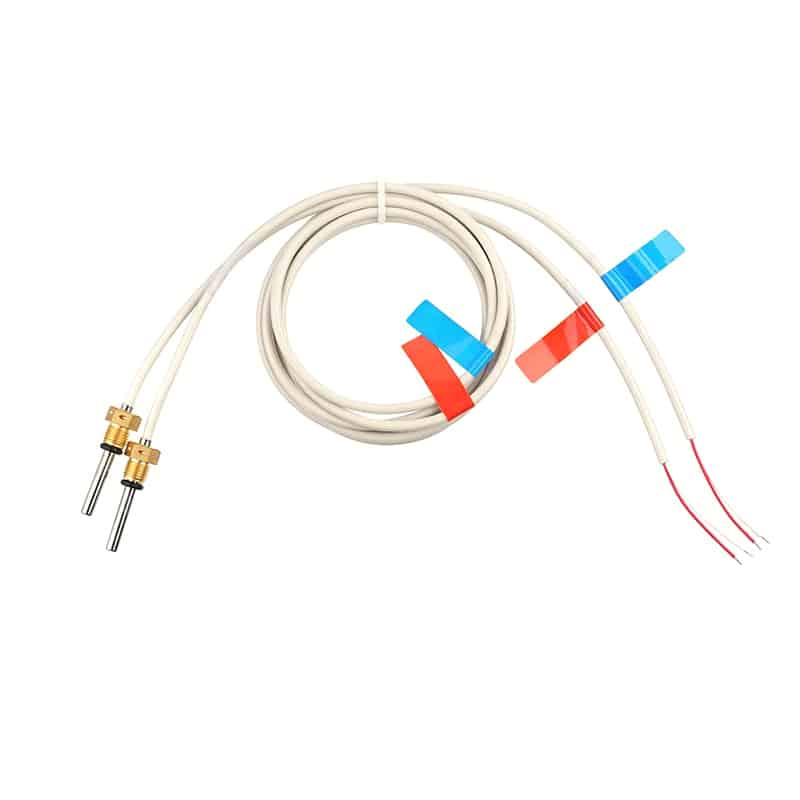PWM Fan Controller with Temperature Sensor: Efficient Cooling for Your PC
Abstract:
As technology advances, PCs are becoming more powerful than ever before. However, this increased power comes at the cost of generating more heat. Excessive heat can cause numerous issues, such as decreased performance, system instability, and even hardware damage. That’s where a PWM fan controller with a temperature sensor comes into play. In this article, we will explore the benefits of using a PWM fan controller with a temperature sensor, its role in efficient cooling for your PC, and how it can help you achieve optimal performance without compromising on temperature management.
Table of Contents:
1. Introduction
2. The Importance of Temperature Management
3. What is a PWM Fan Controller?
4. Advantages of Using a PWM Fan Controller with Temperature Sensor
5. How to Choose the Right PWM Fan Controller
6. Installation and Setup Guide
7. Tips for Maximizing Efficiency and Performance
8. Conclusion
1. Introduction:
In the world of PC gaming and content creation, having a system that performs at its best is crucial. One of the key factors that often gets overlooked is temperature management. Ensuring that your PC stays cool, especially during intense usage, is vital for maintaining optimal performance and avoiding potential hardware issues. This is where a PWM fan controller with a temperature sensor can make a significant difference.
2. The Importance of Temperature Management:
Excessive heat can lead to various problems, including system crashes, thermal throttling, and ultimately, a shortened lifespan for your PC components. Adequate temperature management is essential to ensure that your PC operates smoothly and reliably. By implementing a reliable PWM fan controller with a temperature sensor, you can effectively regulate the cooling system and prevent overheating.
3. What is a PWM Fan Controller?
A PWM (Pulse Width Modulation) fan controller is a device that regulates the speed of a fan by controlling the amount of power delivered to it. This is achieved by rapidly switching the power supply on and off, varying the width of the pulses. By adjusting the duty cycle of the pulses, the fan speed can be controlled efficiently. When combined with a temperature sensor, the PWM fan controller can automatically adjust the fan speed based on the current temperature, providing an intelligent and proactive cooling solution.
4. Advantages of Using a PWM Fan Controller with Temperature Sensor:
4.1 Enhanced Cooling Efficiency: A PWM fan controller with a temperature sensor enables dynamic fan speed adjustments based on real-time temperature readings. This ensures that your PC’s cooling system responds effectively to changes in workload and ambient temperature, maximizing cooling efficiency and preventing overheating.
4.2 Noise Reduction: With precise fan speed control, a PWM fan controller can minimize unnecessary noise generated by the cooling fans. By operating at lower speeds when the temperature is lower, it reduces overall system noise without compromising on cooling performance.
4.3 Extended Lifespan for Components: Overheating can significantly impact the lifespan of your PC components. By maintaining optimal temperatures, a PWM fan controller helps prolong the life of your hardware, ensuring reliable performance in the long run.
5. How to Choose the Right PWM Fan Controller:
When selecting a PWM fan controller with a temperature sensor, several factors should be considered, including compatibility with your PC’s motherboard, the number of fan headers available, and the controller’s overall reliability and user-friendly interface. Additionally, assessing the maximum fan control range and supported temperature range will help determine if the controller meets your specific cooling needs.
6. Installation and Setup Guide:
Installing a PWM fan controller with a temperature sensor typically involves connecting it to the appropriate fan headers on your motherboard and configuring the desired fan control settings through the provided software or BIOS. Consult the user manual that comes with your fan controller for detailed installation instructions and setup guidance.
7. Tips for Maximizing Efficiency and Performance:
To optimize the performance of your PWM fan controller with a temperature sensor, consider implementing the following tips:
7.1 Regularly clean your PC’s cooling fans and components to remove dust buildup that can hinder airflow.
7.2 Ensure proper ventilation by positioning your PC in a well-ventilated area and avoiding blocking air intake and exhaust areas.
7.3 Monitor your system’s temperatures periodically to identify any potential heat-related issues or anomalies.
7.4 Experiment with different fan control profiles to find the balance between cooling performance and noise levels that suits your preferences.
8. Conclusion:
Efficient temperature management is essential for maintaining optimal performance and prolonging the lifespan of your PC. With a PWM fan controller equipped with a temperature sensor, you can achieve precise and intelligent cooling, preventing overheating and maximizing efficiency. By considering the benefits, choosing the right controller, and following best practices, you can ensure that your PC remains cool under pressure and delivers the performance you desire. Invest in a PWM fan controller with a temperature sensor today and experience the difference it can make in your PC’s cooling capabilities.

What Makes PT Sensors Manufacturer Solutions Stand Out in Heat Meter Applications
Introduction: PT sensors for heat meters offer ±0.1°C accuracy, customizable designs, automated quality control, and compliance with CJ 128-2007 and EN 1434 standards for reliable thermal measurement. In a




